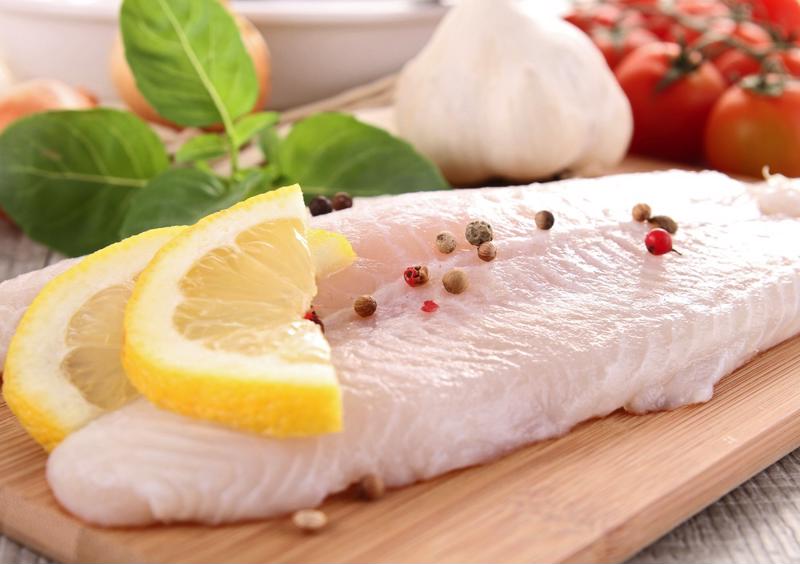Crispy skin on fish is a great finish, a sign of a well-cooked meal and an accomplished chef. While cooking the outside of salmon, bass, or other fillet isn’t a necessity for taste, it’s a major element of presentation that also has a positive impact on flavor and mouth feel. Austin culinary arts students should keep the following advice in mind the next time they prepare a fillet, whether it’s at home, in class or on the job.
 This strategy can help you make your fish skins crisper.
This strategy can help you make your fish skins crisper.What’s needed for crispy skin, every time
Donald Link, executive chef at New Orleans seafood grill Peche, told Bon Appetit crispy fish skin is a delicate and complicated effort, to the point where even his chefs have trouble getting it right every time. However, Link also has a technique that he believes is simple to master and, when followed faithfully, works every time. These are the tips he shared:
- Dry out the skin: Moist or wet skin is a one-way ticket to a mess in your pan. The extra moisture contained within the outer layer of the fish can cause problems ranging from sticking to your cookware to rips in the skin that are far from visually appealing. Link suggested letting the fillets sit uncovered in the refrigerator with the skin facing up for an hour before you cook. Letting the moisture escape is a critical first step.
- Heat, salt and oil: A hot skillet and a mixture of oil and salt are vital for this recipe’s success. Nonstick coatings need not apply in this scenario, as Serious Eats said nonstick pans simply won’t provide optimal results. Let your steel pan sit empty for about two minutes over high heat, add about a tablespoon of oil and about one-and-one-half pinches of salt to the pan. When the oil starts to smoke, move the pan away from the heat and spread the mixture, which will act as its own nonstick coating, across the pan with paper towels.
- Start skin-side down: Place the pan back over the heat, salt your fish and add another tablespoon of oil. Once it starts to shimmer, place the fillet in the pan with the skin facing down. Serious Eats recommends testing the pan by carefully moving the fillet across the hot oil. If it sticks to the skillet, it’s not quite hot enough yet.
- Tools of the trade: Put even pressure on the fillet with a fish spatula to ensure thorough cooking and make the cut lie flat. Once it’s almost fully cooked, flip the fillet and remove the pan from the heat to let the fish cook all the way through.
One more important pointer from Serious Eats: Avoid the understandable urge to move the fish around the pan. Apart from the fish spatula’s pressure, it should sit in the same place. Trying to move the fish too early could result in tearing – the last thing any chef wants to deal with when so close to having a perfectly crispy skin on their filet.

